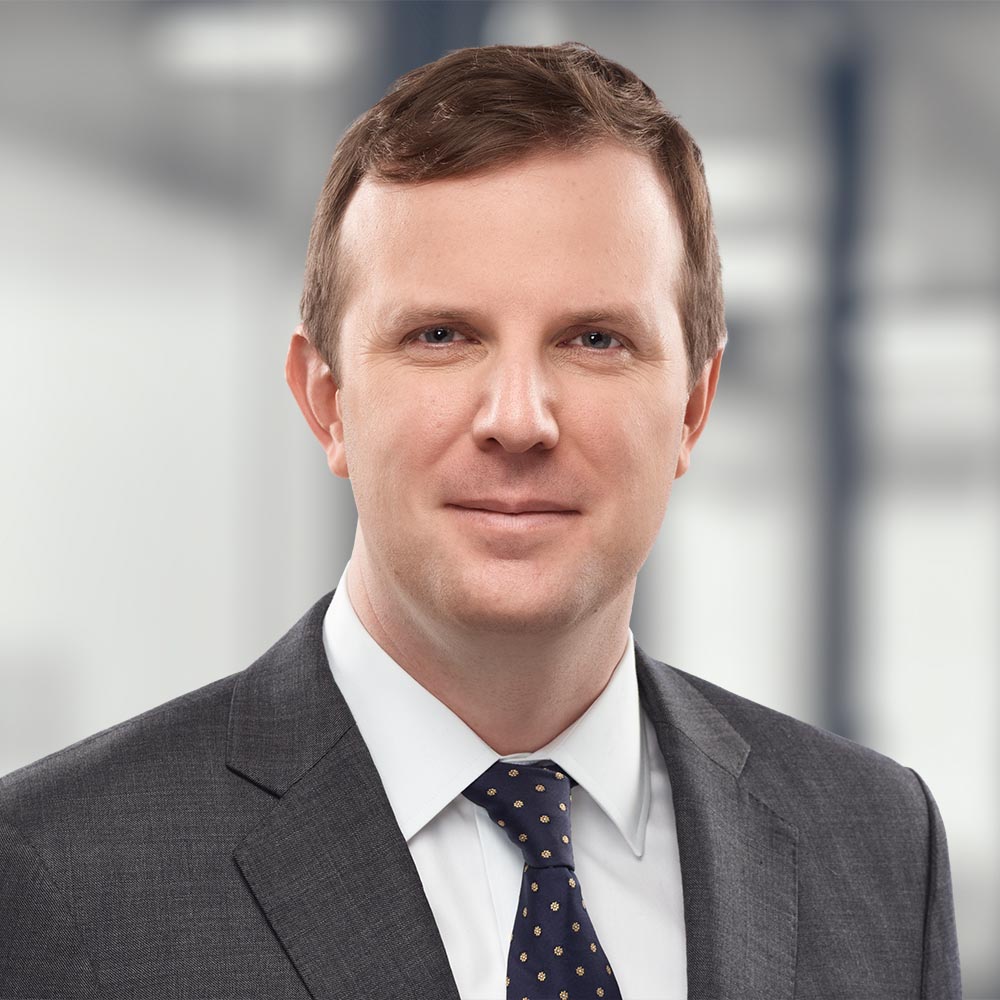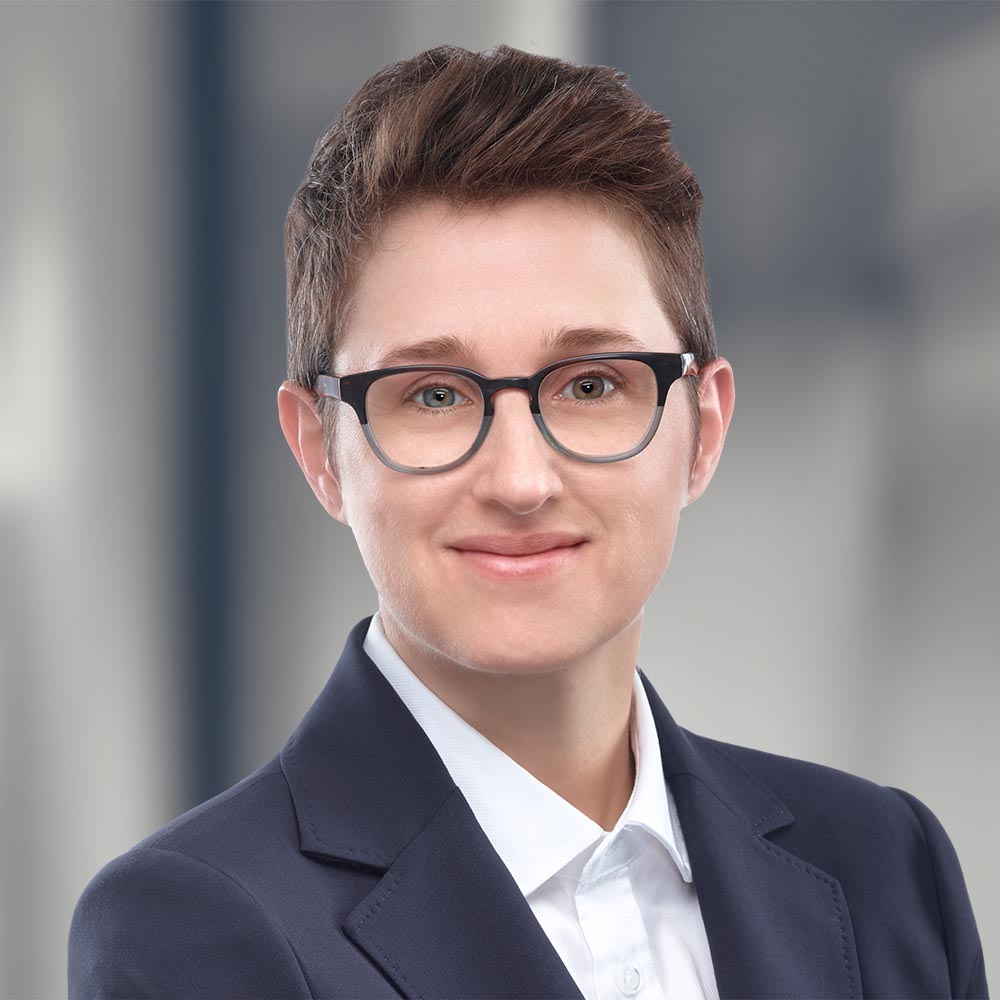
Secondaries in a challenging fundraising environment
Despite resilient public markets in the past two years, investment managers have found it challenging to find exits, in part due to some private assets remaining overvalued and an ongoing freeze-up in traditional dealmaking. The rapid interest rate increases in 2022 and a corresponding decline in deal activity, as well as a dearth of distributions from private funds, contributed to a substantial drop in fundraising activity in the 2023 calendar year.
Fundraising activity and investor trends
This decline in fundraising activity has continued into 2024, with private equity fundraising in the first quarter down 10% from the same period last year (to approximately $176.7 billion in total)1. Private equity distributions have fallen 49% in two years2. Concurrently, the spread between aggregated private equity distributions and capital call rates are at all-time highs, and there has been a significant increase in unrealized private market NAV in recent years. These trends have led some market participants to refer to the current market as being in the midst of an ongoing fundraising “recession” given the slower fundraising market of the past two years relative to the extraordinary pace of growth of the prior decade.
Against this backdrop, institutional investors are increasingly focused on distributions to paid-in capital, spurring fund sponsors to seek out alternatives to generate liquidity for their LPs. Accordingly, there has been a significant expansion in the use of GP-led processes, such as continuation vehicles, by fund sponsors reacting to the demands of their investor bases, coupled with increased interest by institutional investors in tapping into the LP-led sell-side market for portfolio and cash-flow management purposes. Secondaries markets were up approximately 20% in Q1 2024 deal volume compared to Q1 20233, meaning expert predictions of a strong 2024 secondaries market remain on track on a year-over-year basis.
Despite the difficult dealmaking environment, recent positive trends in private M&A markets in H1 2024 have had the effect of driving buyers and sellers closer together from a valuation perspective in the LP-led secondaries market, with pricing on buy-out portfolios currently trending around 91-96% of NAV4. Institutional investors are consequently obtaining attractive valuations when considering portfolio sales of fund and co-investment interests, generating short-term liquidity through active portfolio management as opposed to the more traditional passive strategy engaged in previously by their investment committees.
While certain investors are seeking liquidity through LP-led markets, others are encouraging their fund sponsors to seek liquidity in the short-term through sponsor-originated processes. Many COVID-era deals were struck at lofty valuations, leaving many sponsors reticent to transact at a discount to these marks, despite the current dislocated market environment. However, a significant number of these investments are now approaching year three or four of their hold periods, with many extremely active COVID-era funds approaching the end of their fund terms. Sponsors are increasingly seeking exits as a result. After a busy 2022 and 2023 in the secondaries market, many private equity sponsors now have at least one GP-led process under their belt and are considering options for certain of their ‘crown jewel’ portfolio assets for which there may not be an ideal exit opportunity at present.
In this environment, GP-led secondaries have met their moment, with GP-led markets currently tracking at a projected 14% CAGR from 2024-20285. While many investors have been focused on taking distributions and “cashing out” as part of these processes to help generate liquidity for their portfolios, there has also been a rapid growth in buy-side participants looking to participate directly in deals. A recent study by Evercore showed that GP-led secondaries have provided more consistency in their returns than buyout funds6. Accordingly, LPs that decline rolling to continuation funds on a consistent basis are “incurring a tangible opportunity cost of around eight percent per vintage year”, with a cumulative opportunity cost of 15% of total cash-on-cash returns7. Seeing this opportunity on the buy-side, more and more prominent institutional investors are dedicating resources to continuation fund investments. We expect this trend to continue, including among leading market participants in Canada.
Conclusion
The fundraising market is cyclical, driven by a virtuous cycle of self-funded investment portfolios receiving distributions and making fresh commitments to new fund products on a rolling basis. The breakdown in that model in recent years has led to a significant liquidity crunch that market participants continue to grapple with. Secondaries and other liquidity solutions have come to the fore as an increasingly important part of a continually expanding private markets universe. Positive market trends in recent months—including the Bank of Canada’s initial interest rate cut, the first from the mainstream central banks—signal that we may now be at the bottom of this “recessionary” distribution and fundraising environment, meaning the coming years may well show a relative rebound in both fundraising and dealmaking activity. Regardless of the state of the economy in the years ahead, however, our view is that fund sponsors and institutional investors alike should proactively monitor their approach to engaging in the secondaries markets. The ongoing expansion in private markets, including through a growth in retail investor activity in the space, has led to an explosion in unrealized private market NAV that will need to be addressed irrespective of broader market performance. While it may be that recent positive trends in global M&A and IPO markets signal the start of a gradual bounce back in private markets, secondaries markets are here to stay and remain poised to play an increasingly important role for sponsors and investors in the years ahead.
- Carmela Mendoza, “Slow Start to 2024 Fundraising amid Steady Buyout Interest,” Private Equity International, April 22, 2024, https://www.privateequityinternational.com/slow-start-to-2024-fundraising-amid-steady-buyout-interest/.
- Layan Odeh, Matthew Griffin and Gillian Tan, “Private Equity Payouts at Major Firms Plummet 49% in Two Years,” Bloomberg, February 21, 2024, https://www.bloomberg.com/news/articles/2024-02-21/private-equity-payouts-at-major-firms-plummet-49-in-two-years.
- “Q1 2024 Secondary Market Insight,” PJT Partners, April 2024, https://info.pjtpartners.com/PJT_Park_Hill_Secondary_Market_Insight_Q1_2024.
- Ibid.
- Ibid.
- Hannah Zhang, “Single-asset CVs Offer Steadier Returns than Buyout Funds – Evercore,” Secondaries Investor, March 7, 2024, https://www.secondariesinvestor.com/single-asset-cvs-offer-steadier-returns-than-buyout-funds-evercore/.
- Ibid.
To discuss these issues, please contact the author(s).
This publication is a general discussion of certain legal and related developments and should not be relied upon as legal advice. If you require legal advice, we would be pleased to discuss the issues in this publication with you, in the context of your particular circumstances.
For permission to republish this or any other publication, contact Janelle Weed.
© 2025 by Torys LLP.
All rights reserved.


